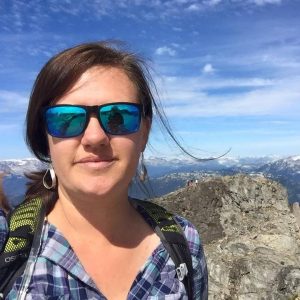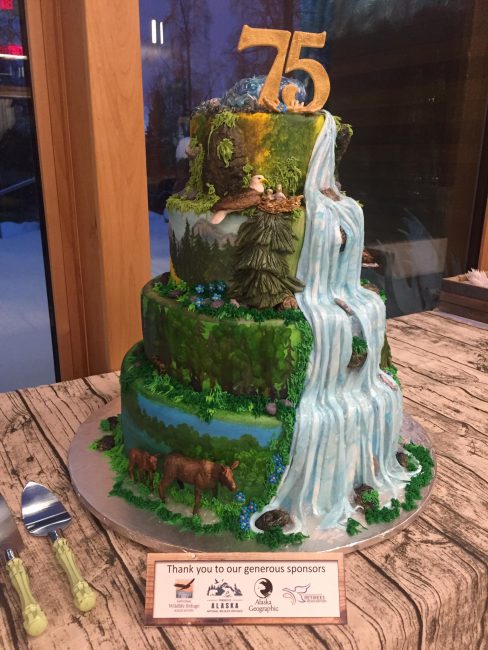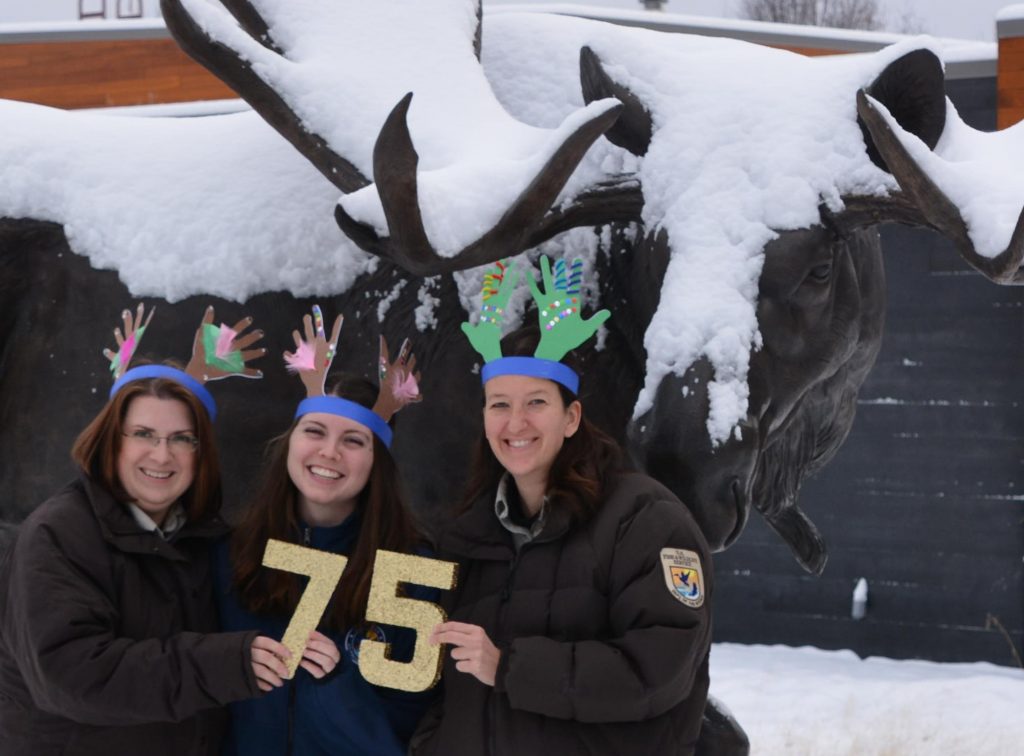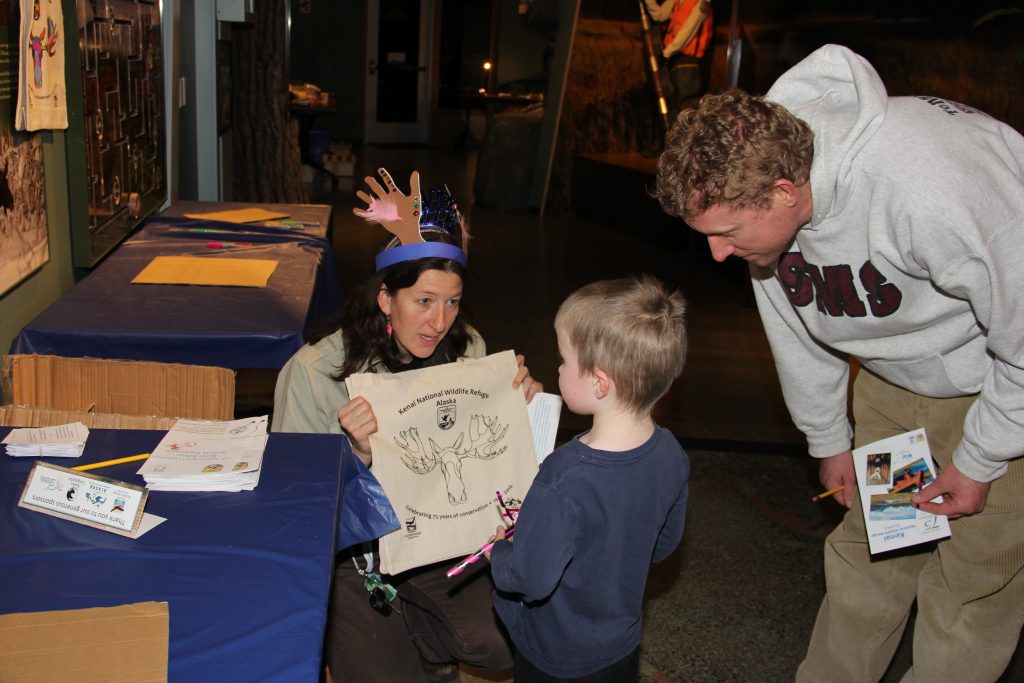 This February, three Kodiak High School students head to the big city of Anchorage to present at their first conference: the annual Alaska Forum on the Environment (AFE).
This February, three Kodiak High School students head to the big city of Anchorage to present at their first conference: the annual Alaska Forum on the Environment (AFE).
Hannah Villaroya, Keegan Ryder, and Leif King all served as crew members on the 2017 Kodiak National Wildlife Refuge Youth Conservation Corp (YCC). They will share their summer experiences working with the Refuge, and will present about their leadership role for programs such as Pop-Up Salmon Camp. Pop-up Salmon Camp is an innovative way to bring the Refuge’s popular science camp to children of Kodiak at the summer lunch program. The teens each led two stations on topics of their choice; they took the initiative to study their topic, and then developed activities and hosted over 100 participants!
The Kodiak Refuge YCC program is a service learning program for students: as they learn, they are actively engaged in efforts to either teach others what they have learned and/or to make improvements on environmental issues or needs within public lands. For example, a biologist from the Sun’aq Tribe taught them about invasive species, and the crew then helped to remove invasive crayfish from the Buskin River. They received training on trail maintenance and then helped to improve a number of trails on the Refuge and on partner public lands such as Shuyak State Park. 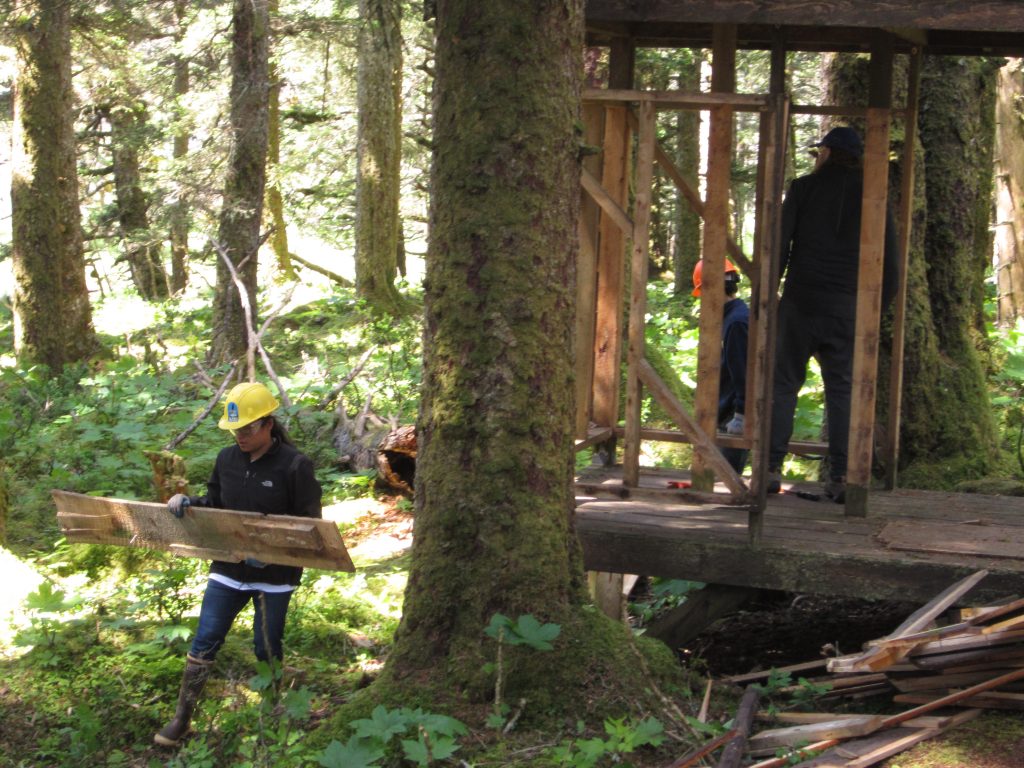
As many as 1,800 people are expected to participate in the 2018 Alaska Forum on the Environment, a state-wide gathering of environmental professionals and leaders. In addition to presenting at the Forum, the teens will be staff the youth-track booth and will collaborate with other youth involved in environmental projects around the state. They are scheduled to present Tuesday February 13th at 9am, and plan to have a hands-on activity for participants to create their own reusable shopping bag out of a t-shirt (an activity they learned at Kodiak’s Threshold Recycling Center).
Environmental Education Specialist Shelly Lawson will work with the teens as they prepare their presentation, and will act as chaperone for their big trip. She is a strong advocate for their participation, observing, “youth are among the most popular presenters at AFE – I think it is due to their optimism and can-do attitude. They inspire and bring hope to all in attendance.”
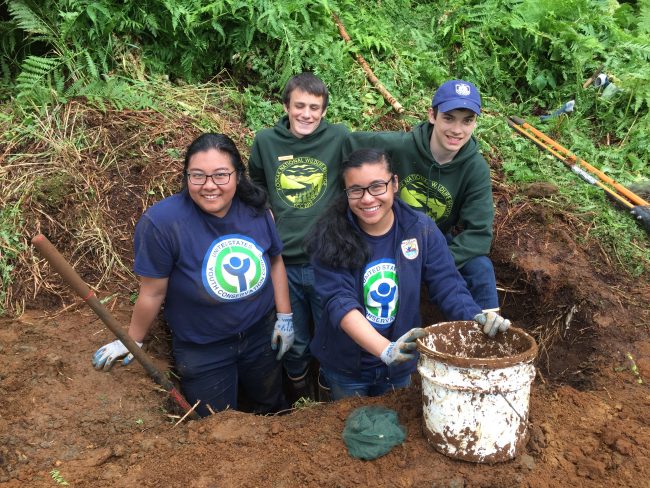
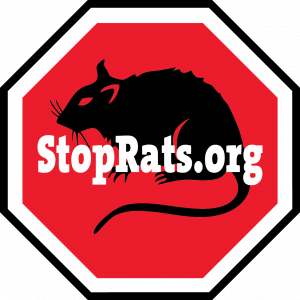
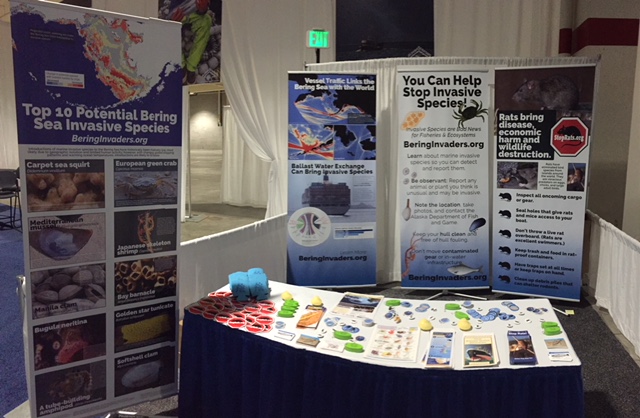
 With funding from the North Pacific Research Board, researchers have had a chance to look ahead and prepare for lesser known potential threats from aquatic species inadvertently introduced by ships transiting through the Aleutians or from fishing fleets active in the region. These vessels can introduce species by exchanging ballast water or from species that grow on vessel hulls, known as “hull fouling”. A
With funding from the North Pacific Research Board, researchers have had a chance to look ahead and prepare for lesser known potential threats from aquatic species inadvertently introduced by ships transiting through the Aleutians or from fishing fleets active in the region. These vessels can introduce species by exchanging ballast water or from species that grow on vessel hulls, known as “hull fouling”. A 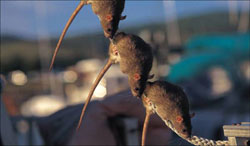 The educational materials sponsored by Friends of Alaska Refuges for their
The educational materials sponsored by Friends of Alaska Refuges for their 
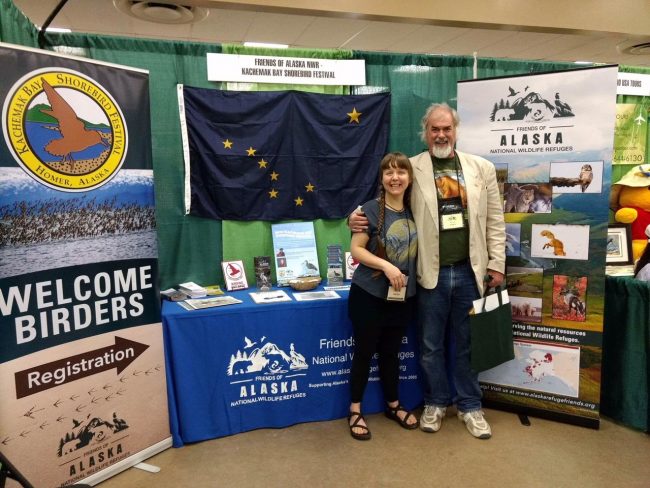
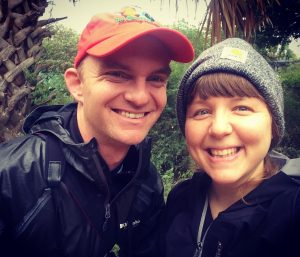 This past November, Friends and Kachemak Bay Shorebird Festival Coordinator Robbi Mixon traveled with USFWS Visitor Services Manager Kara Zwickey to one of the biggest birding festivals in the nation- Rio Grande Valley Birding Festival. Located near the coastal border of Texas-Mexico, the area offered hundreds of bird species, many new friends and connections, and gave our organization many new ideas for our own festival.
This past November, Friends and Kachemak Bay Shorebird Festival Coordinator Robbi Mixon traveled with USFWS Visitor Services Manager Kara Zwickey to one of the biggest birding festivals in the nation- Rio Grande Valley Birding Festival. Located near the coastal border of Texas-Mexico, the area offered hundreds of bird species, many new friends and connections, and gave our organization many new ideas for our own festival.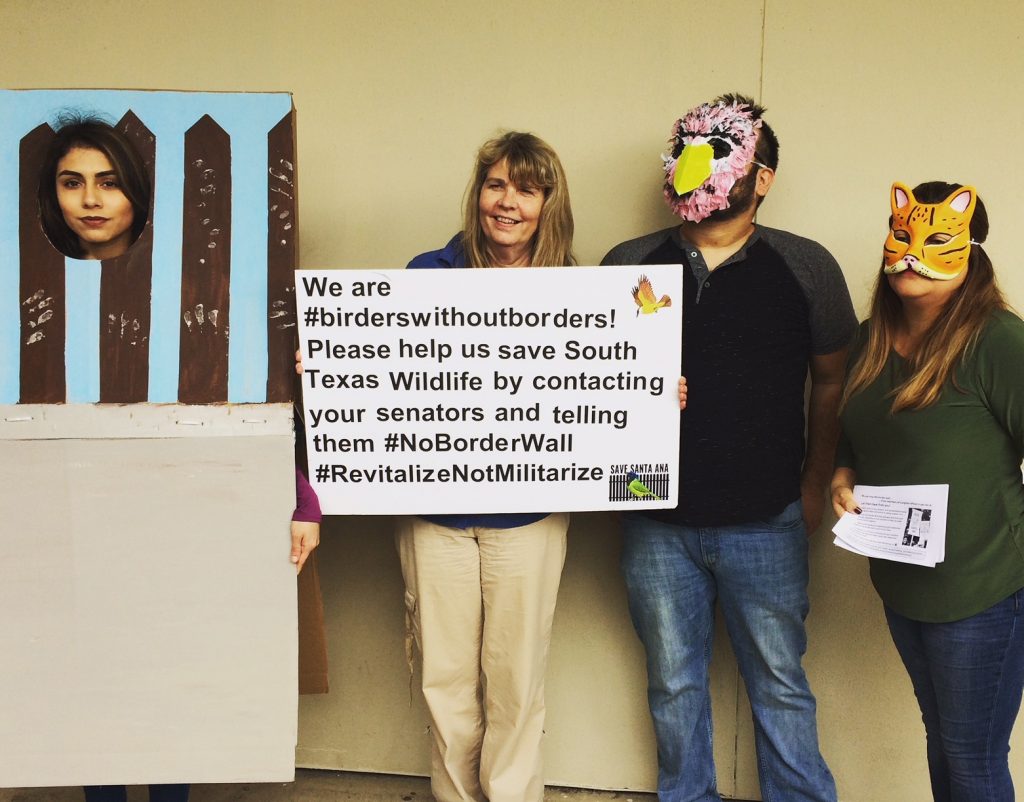
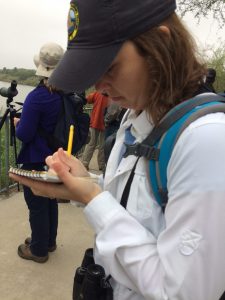

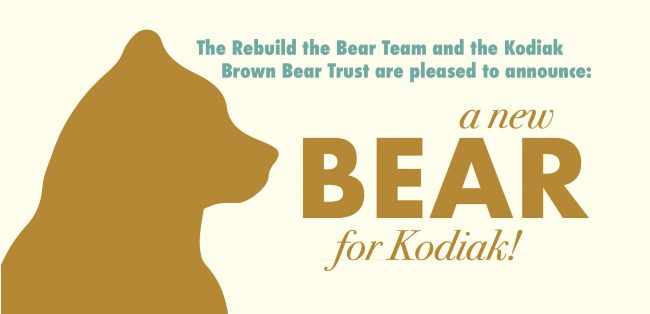

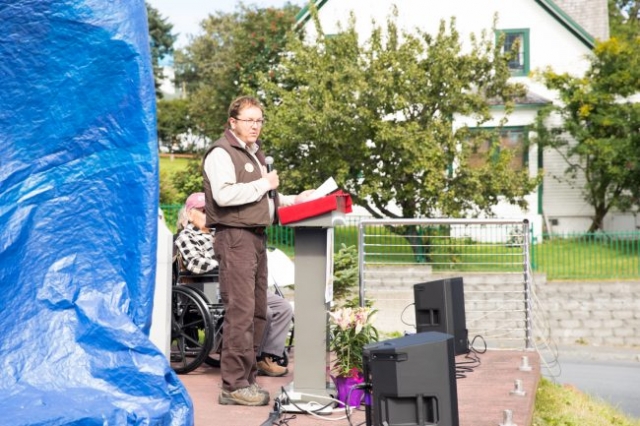

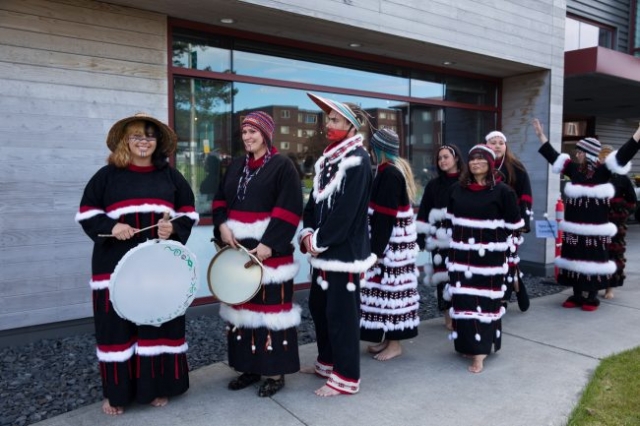

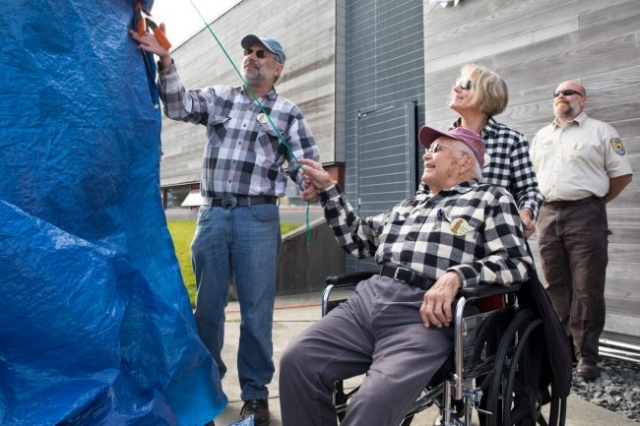
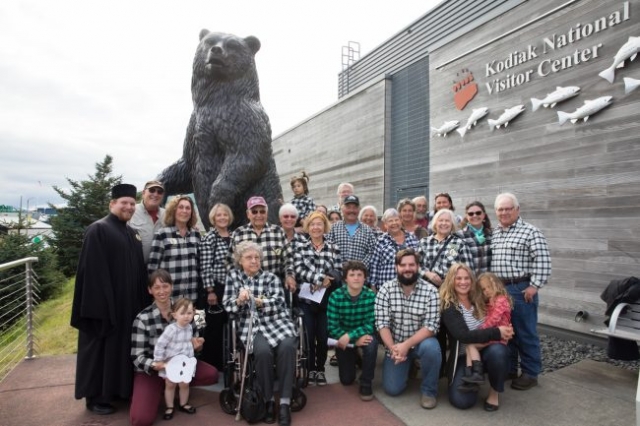
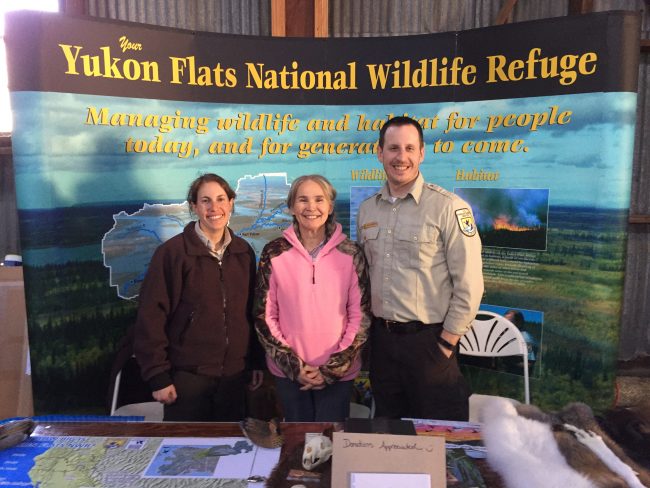
 At first glance, an urban national wildlife refuge on the coast of California and a remote refuge in the interior of Alaska don’t seem to have much in common. Take a closer look and the connections are clear and important. The striking and regal canvasback is the largest diving duck in North America. It’s also the primary species that connects Yukon Flats Refuge in Alaska to San Pablo Bay Refuge in California – both physically and through each Refuge’s establishing legislation. In the 1950s and 60s, biologists banded thousands of ducks on what is now the Yukon Flats Refuge. Of these banded ducks, 313 canvasbacks were recovered – and 89 of those banded canvasbacks were returned from the San Francisco Bay area.
At first glance, an urban national wildlife refuge on the coast of California and a remote refuge in the interior of Alaska don’t seem to have much in common. Take a closer look and the connections are clear and important. The striking and regal canvasback is the largest diving duck in North America. It’s also the primary species that connects Yukon Flats Refuge in Alaska to San Pablo Bay Refuge in California – both physically and through each Refuge’s establishing legislation. In the 1950s and 60s, biologists banded thousands of ducks on what is now the Yukon Flats Refuge. Of these banded ducks, 313 canvasbacks were recovered – and 89 of those banded canvasbacks were returned from the San Francisco Bay area.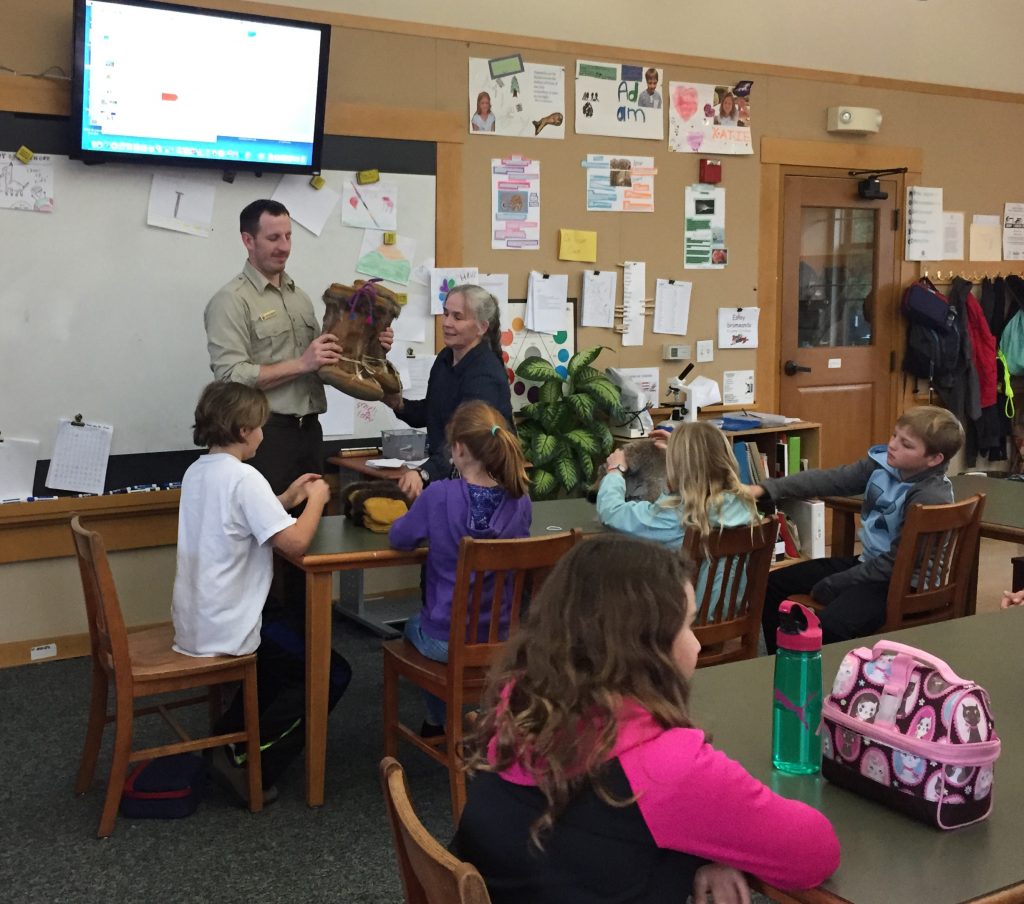 Last week marked the official start to the Sister Refuge partnership between Yukon Flats and San Pablo Bay Refuges. Three Yukon Flats Refuge employees – Nathan Hawkaluk, deputy refuge manager; Heather Bartlett, wildlife refuge specialist; and Julie Mahler, refuge information technician – migrated to the canvasbacks’ wintering habitats in the North Bay of San Francisco. The goal of this visit was simple: to reach a new audience, and in doing so, get more people to recognize that Yukon Flats Refuge exists. Although a seemingly basic message, most people are unaware of this hidden and yet vitally important conservation gem in Alaska.
Last week marked the official start to the Sister Refuge partnership between Yukon Flats and San Pablo Bay Refuges. Three Yukon Flats Refuge employees – Nathan Hawkaluk, deputy refuge manager; Heather Bartlett, wildlife refuge specialist; and Julie Mahler, refuge information technician – migrated to the canvasbacks’ wintering habitats in the North Bay of San Francisco. The goal of this visit was simple: to reach a new audience, and in doing so, get more people to recognize that Yukon Flats Refuge exists. Although a seemingly basic message, most people are unaware of this hidden and yet vitally important conservation gem in Alaska.
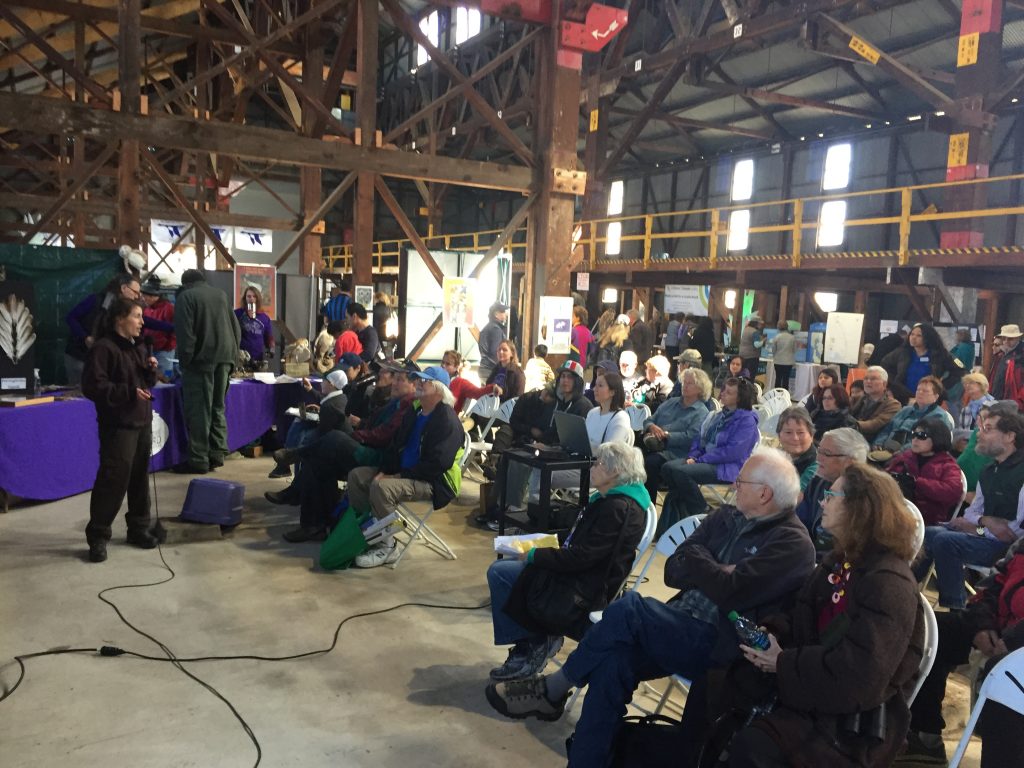

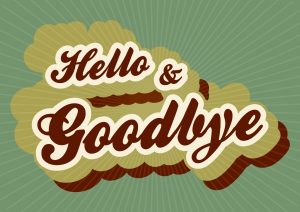 Congratulations to
Congratulations to